a. Tables 1 through 5 contain the financial information describing the effects of level production on inventory,
Question:
b. Given that Gale Force is charged 12 percent annual interest (1 percent a month) on its cumulative loan balance each month (Table 5), how much would Tim's suggestion save in interest expense in a year?
c. Until now we have not considered any inefficiencies that have been introduced as a result of going from level to seasonal production. Assume there is an added expense for each sales dollar of 0.5 percent (0.005). On the basis of this fact and the information computed in part b, is seasonal production justified?
GALE FORCE CORPORATION
During mid-October 2015, the top managers of the Gale Force Corporation, a leading manufacturer of kitesurfing equipment, were gathered in the president's conference room reviewing the results of the company's operations during the past fiscal year (which runs from October 1 to September 30).
"Not a bad year, on the whole," remarked the president, 32-year-old Charles (Chuck) Jamison. "Sales were up, profits were up, and our return on equity was a respectable 15 percent. In fact," he continued, "the only dark spot I can find in our whole annual report is the profit-on-sales ratio, which is only 2.25 percent. Seems like we ought to be making more than that, don't you think, Tim?" He looked across the table at the vice-president for finance, Timothy Baggitt, age 28.
"I agree," replied Tim, "and I'm glad you brought it up, because I have a suggestion on how to improve that situation." He leaned forward in his chair as he realized he had captured the interest of the others. "The problem is, we have too many expenses on our income statement that are eating up the profits. Now I've done some checking, and the expenses all seem to be legitimate except for interest expense. We paid over $250,000 last year to the bank just to finance our short-term borrowing. If we could have kept that money instead, our profit-on-sales ratio would have been 4.01 percent, which is higher than that of any other firm in the industry."
"But, Tim, we have to borrow like that," responded Roy ("Pop") Thomas, age 35, the vice-president for production. "After all, our sales are seasonal, with almost all occurring between March and September. Since we don't have much money coming in from October to February, we have to borrow to keep the production line going."
"Right," Tim replied, "and it's the production line that's the problem. We produce the same number of products every month, no matter what we expect sales to be. This causes inventory to build up when sales are slow and to deplete when sales pick up. That fluctuating inventory causes all sorts of problems, not the least of which is the excessive amount of borrowing we have to do to finance the inventory accumulation." (See Tables 1 through 5 for details of Gale Force's current operations based on equal monthly production.)
"Now, here's my idea," said Tim. "Instead of producing 400 items a month, every month, we match the production schedule with the sales forecast. For example, if we expect to sell 150 windsurfers in October, then we only make 150. That way we avoid borrowing to make the 250 more that we don't expect to sell, anyway. Over the course of an entire year, the savings in interest expense could really add up."..........................
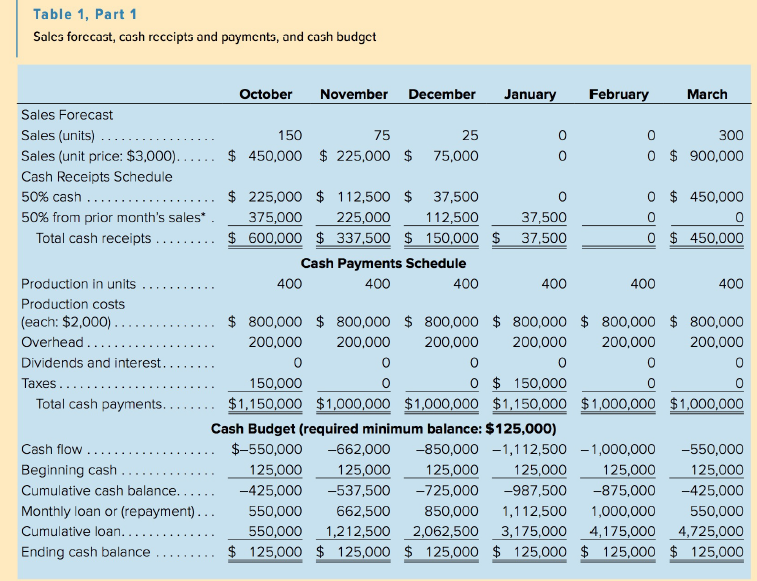
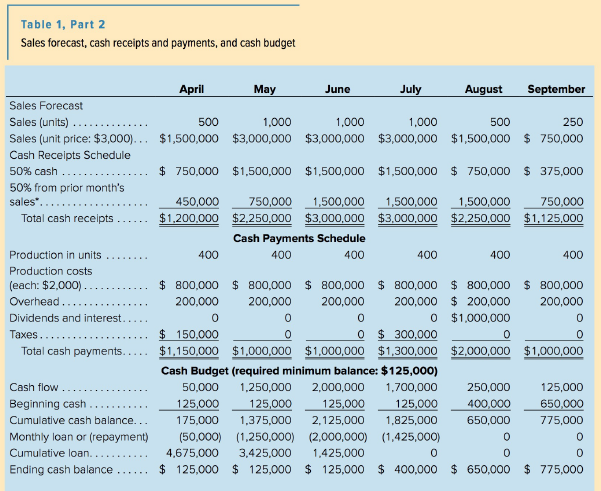

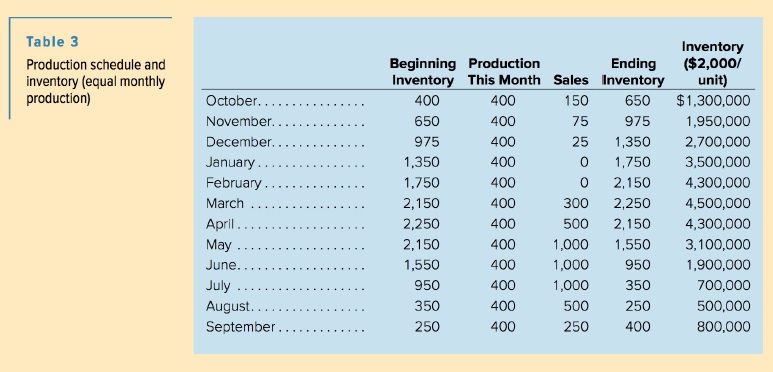
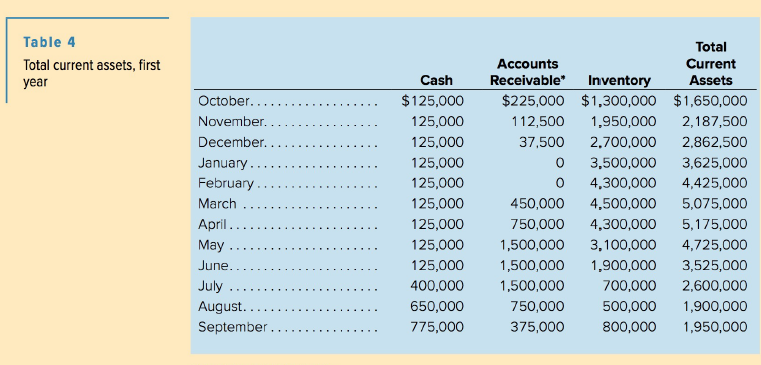
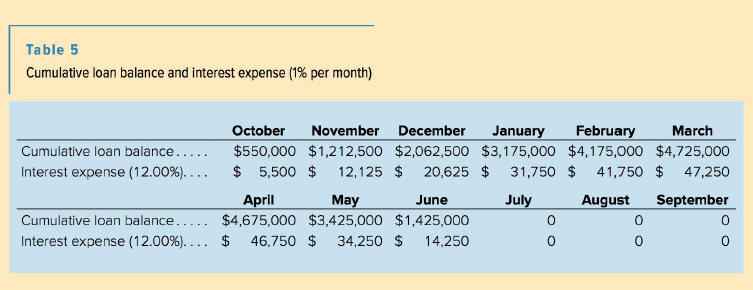
Step by Step Answer:

Foundations of Financial Management
ISBN: 978-1259024979
10th Canadian edition
Authors: Stanley Block, Geoffrey Hirt, Bartley Danielsen, Doug Short, Michael Perretta





